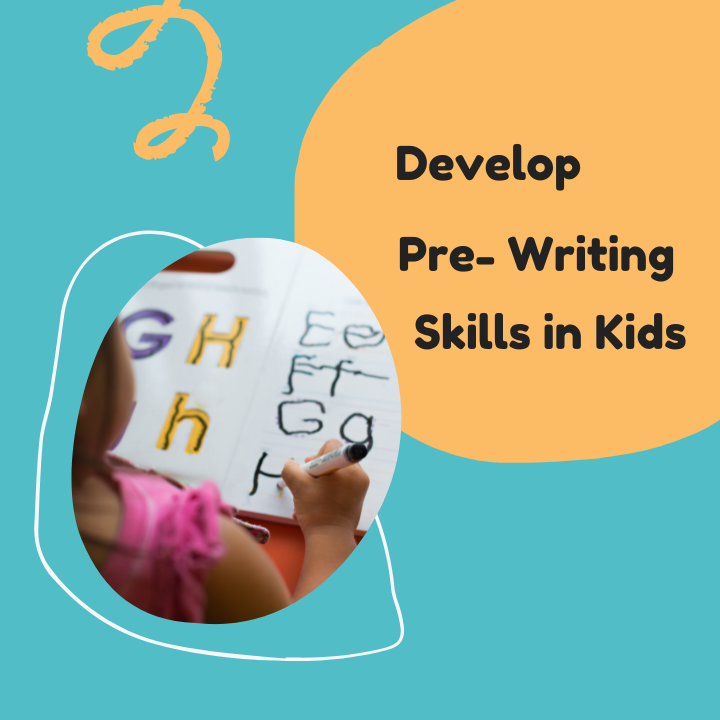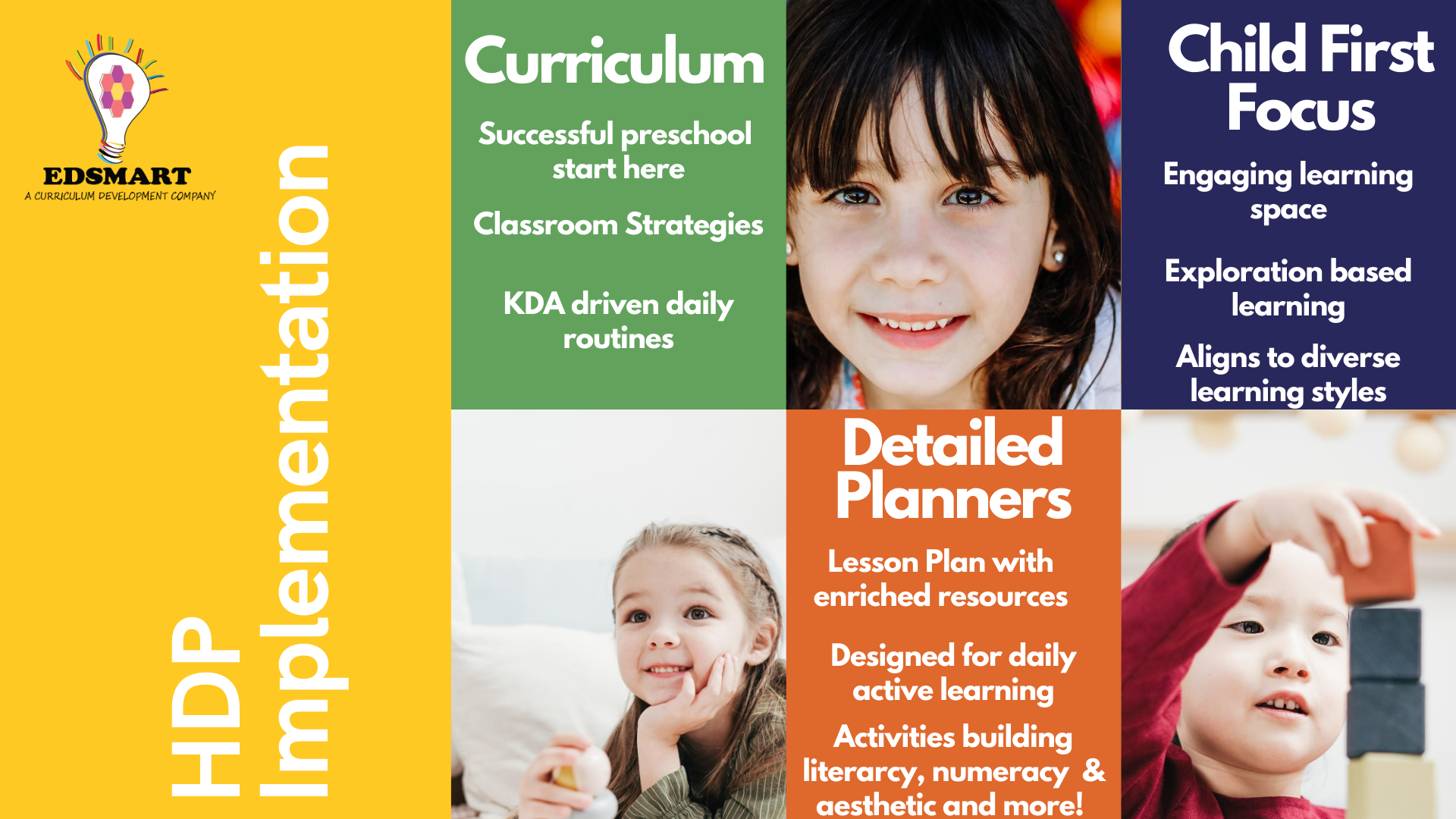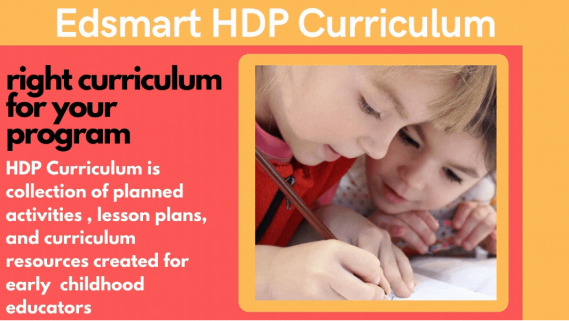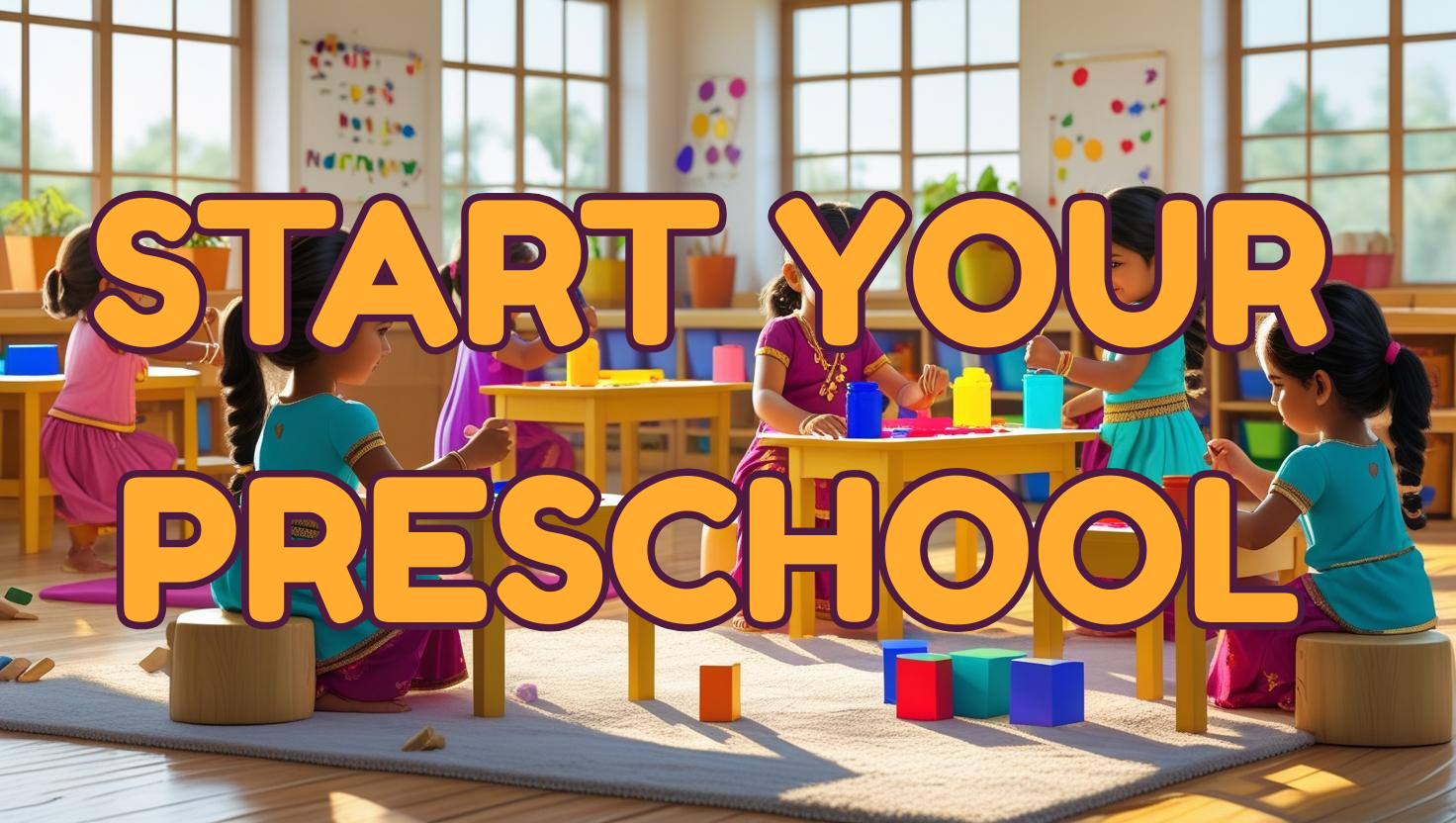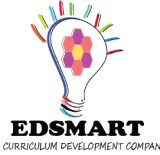A Step by Step Guide to Learning Phonics
Phonics is a foundational skill in learning to read and write. By understanding the relationship between letters and sounds, learners of all ages can unlock the ability to decode words, which is crucial for literacy. This guide will walk you through the step-by-step process of learning phonics, making it easy and engaging for both children and adults.
Start by ensuring a solid understanding of the alphabet. Sing the ABC song, use flashcards, and engage in activities that involve letter recognition. Focus on both uppercase and lowercase letters.
Introduce the sounds associated with each letter. Use phonetic charts and phonics apps to help learners associate sounds with letters. Practice with common words that emphasize these sounds.
Once letter sounds are mastered, teach blending. Start with simple CVC (consonant-vowel-consonant) words like 'cat' and 'bat'. Use visual aids and sound cards to make blending fun and interactive.
Incorporate games and playful activities into learning. Use phonics board games, online quizzes, and interactive apps that encourage learning through play, making the process enjoyable and effective.
While phonics is crucial, blending it with sight words enhances reading fluidity. Teach high-frequency sight words that don’t always follow phonetic rules. Use flashcards and repetition to reinforce these words.
Reading aloud is a powerful way to reinforce phonics skills. Choose age-appropriate books that emphasize phonetic patterns and encourage learners to read independently. Discuss the stories to enhance comprehension.
Regularly assess progress by listening to reading aloud and observing writing skills. Adapt your approach based on the learner’s strengths and areas needing improvement. Celebrate achievements to keep motivation high.
Learning phonics is a journey that requires patience and practice. By following this step-by-step guide, you will empower yourself or your child with the skills needed for successful reading and writing. Remember, the key is to make learning phonics a fun and engaging experience!
Unlocking the World of Reading: The Importance of Phonics
Blog related to this item
Know more about Edsmart Books
Created by Expert Teachers and Educators
Content of Edsmart Books are created by industry experts who are passionate about teaching

Child First Focus
Edsmart products are always designed having child as the focus and their holistic development
Age Appropriate
Edsmart products aligns to International Key developmental Areas, which are proven for age appropriate and parents can be rest assured about the learning journey of your child.
Parents who viewed this item also viewed
Subscribe to Our Newsletter
Get exclusive discounts and latest news delivered to your inbox for free!


 (9).png)
 (8).png)
 (7).png)
 (6).png)
 (5).png)
 (4).png)
 (2).png)
 (1).png)
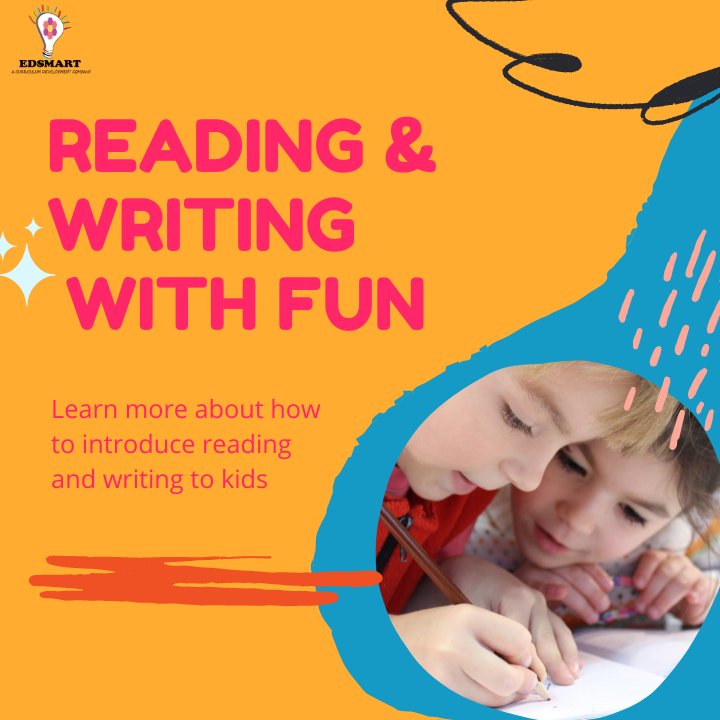
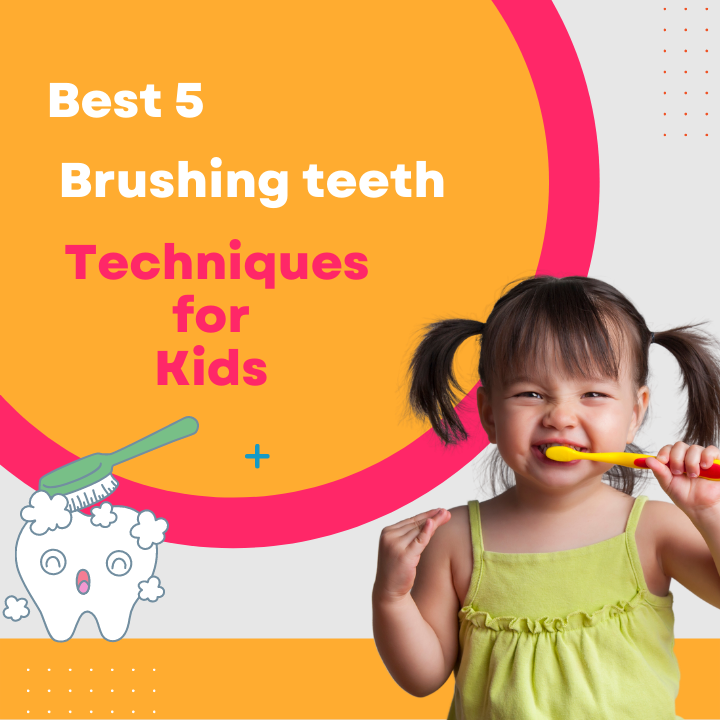
.png)
